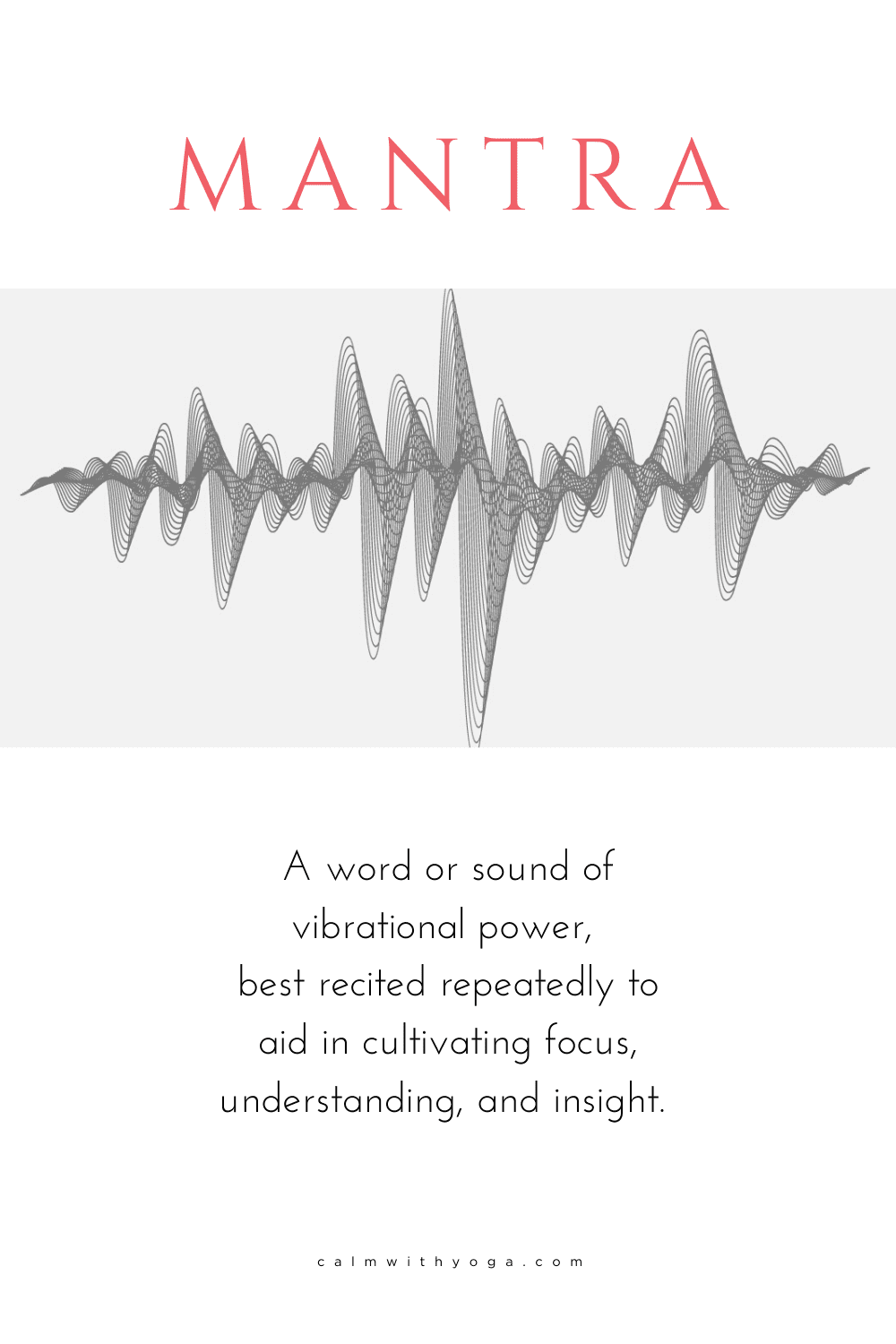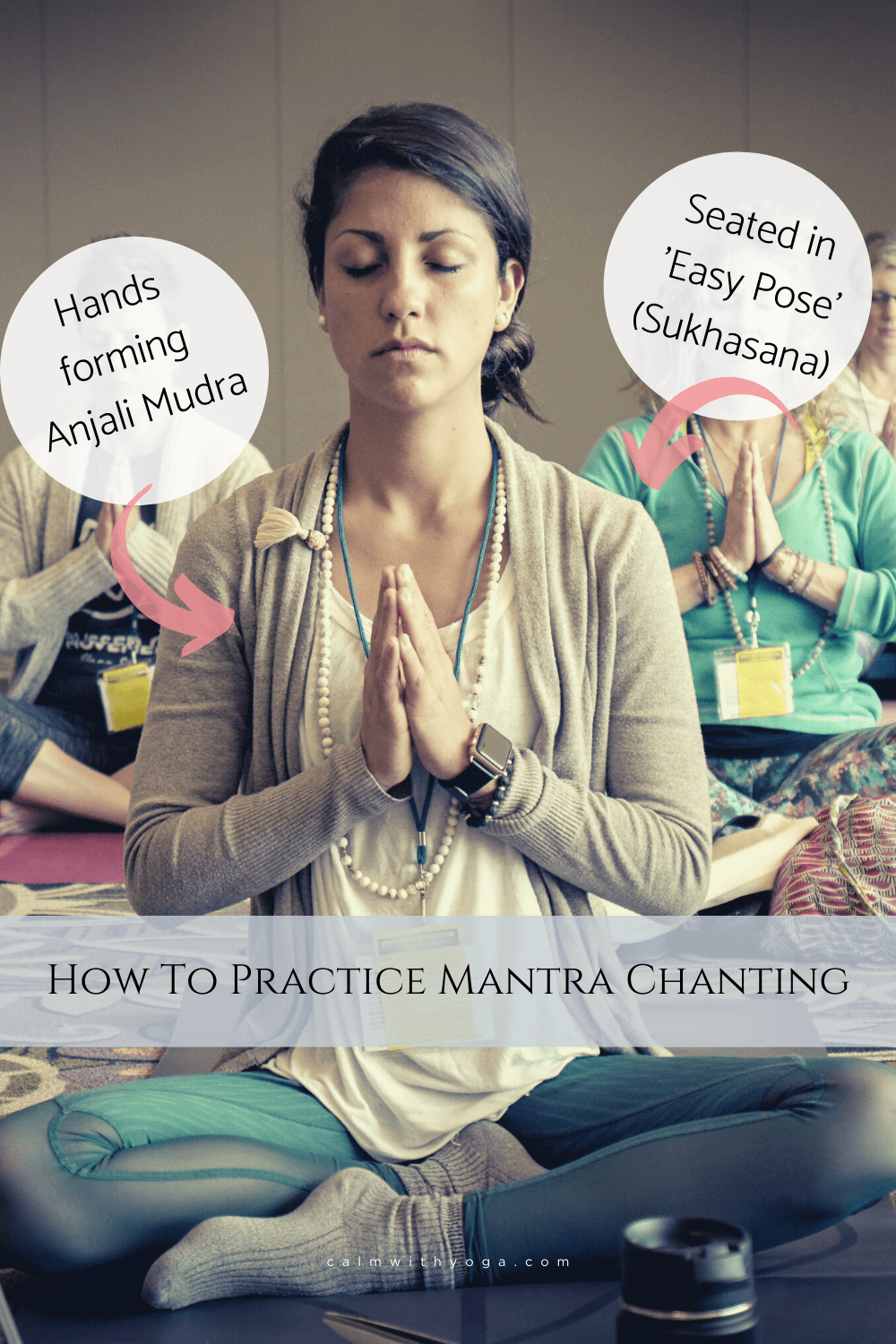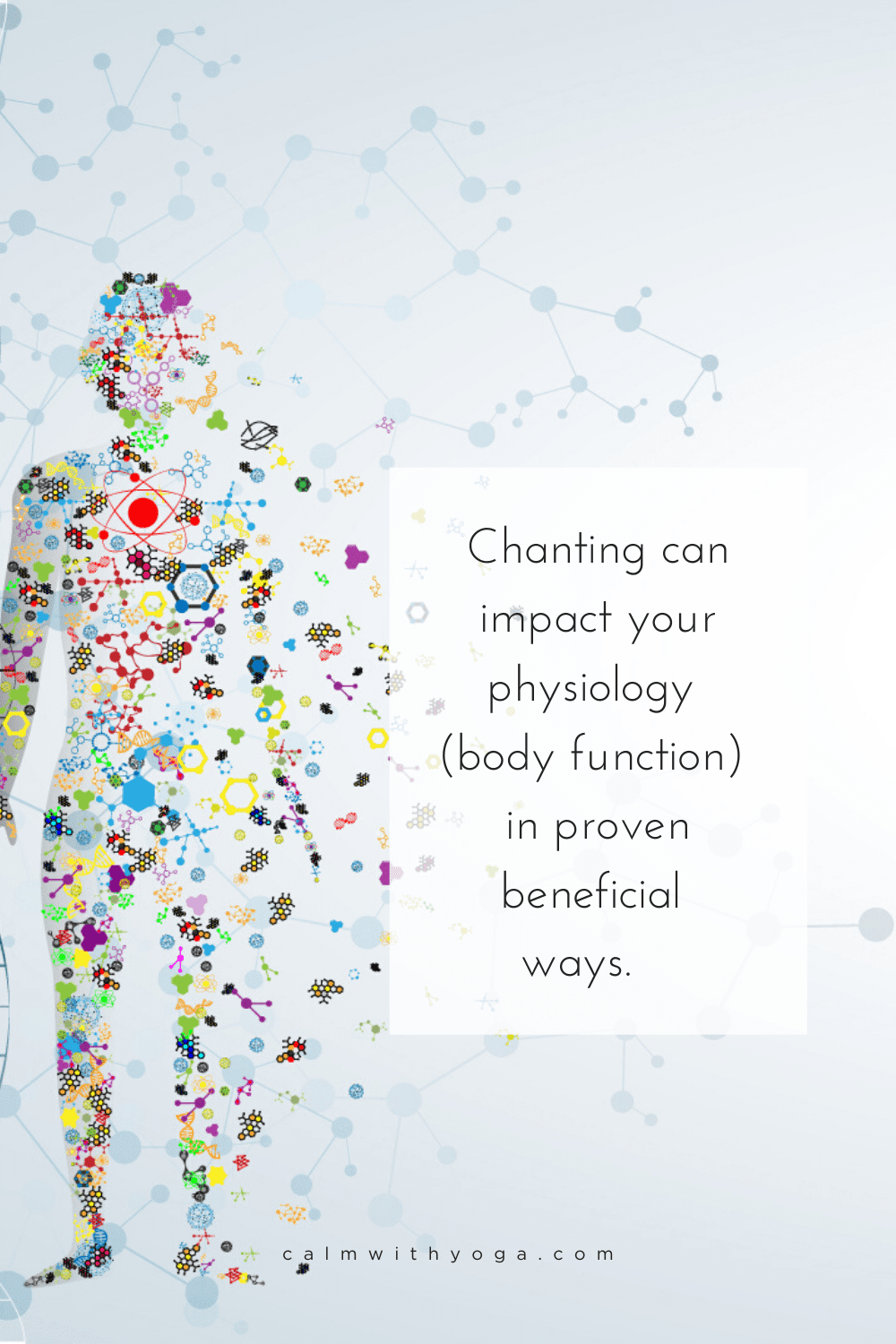So, mantra is a powerful combination of words which, if recited, takes the vibratory effect of each of your molecules into the Infinity of the Cosmos. That is called ‘Mantra.’ – Yogi Bhajan, Kundalini Yoga teacher & entrepreneur The act of intentionally, consciously ‘tuning in’ to the moment helps to create a demarcation point, drawing a line between the past and the present. Energetically, tuning in functions much like hitting the reset button. Mantras are a powerful tool for tuning in.
In the yogic tradition, a mantra is a word, series of words or sounds repeated to aid in cultivating focus, presence, and concentration. It’s a lesser-used tool that the yogi warrior has at their disposal for mental, emotional, and energetic transformation. Used daily or at least regularly, a mantra has the power to shift your mood, your mind, and even your body’s function.
TheAdi Mantra: A Mantra To Awaken Intuitive & Creative Powers
InKundalini yoga, it’s customary to begin every practice by chanting a mantra called theAdi Mantraat least three times as a way to ‘tune in’ and hit the reset button. When you have repeated it so much, so often, and so well that you hear it within your being, and it comes handy to you. Yogi Bhajan, Kundalini Yoga teacher & entrepreneur This mantra is at the foundation of allKundalini Yogamantras. You can utilize theAdi Mantraas a tool to enter sacred space within yourself, anytime, anywhere. It can help activate yourheart center, help you create aradiant body, and increaseshakti(personal power). The vibrational currents of this mantra can help to unlock intuitive knowing,divine wisdom, creative inspiration, andhigher consciousness, By chanting the following words at least three times, you can tune into protective energy that will help you on your journey. (Note:The completeAdi Mantrafor individual meditationisOng Namo Guru Dev Namo, Guru Dev Namo,Guru Deva. For simplicity we’ll be using the shorter version which is easier to adopt in daily practice.)
Ong Namo Guru Dev Namo
Adi MantraMeaning:
‘Adi’ means primal. This mantra tunes us into the most primal energy and frequencies so that we can hear more, be more, see more, do more, and create more. It’s first made of the basicmantraOngwhich translates toCreative Energy: Ong: Infinite Intelligence +Creative Wisdom Namo: to bow or to call upon with an open heart and willing mind Guru: wisdom, source of transformative knowledge, teacher Gu • ru: broken into two parts, gu = darkness, unconsciousness, ru = light, consciousness Guru dev: theDivine teacherwithin, inner knowing, insight, yourhigher self
How To Use TheAdi MantraFor Best Results:
You have two options when using this mantra: 1 – Basic Mantra Repetition: Simply repeating the wordsOng namo guru dev namoaloud or in your mind at least three times 2 – Embodied Chanting: Use your voice, throat, lungs, diaphragm, solar plexus to really embody and activate the vibrational power of the mantra’s sound currents Other useful tips: 1- Sit comfortably ineasy pose(sukh-asana) Cross your legs and keep your spine straight. Relax your shoulders, neck, mouth, and jaw. 2- Place the palms of your hand together at yourheart centerin Anjalimudra.
If you’re in a public place, around people, or simply just feel weird chanting out loud you can silently repeat this mantra internally. No one will ever know 😉 I will say, however, that vocalizing the sounds of mantra can be extremely powerful for multiple reasons. I suggest you at least give it a try because how you feel after might surprise you. 🙂 You’d be doing yourself a disservice if you didn’t at least give Embodied Chanting one try. Here are two people you might recognize that have utilized the power of mantra chanting to create an inspired life: Tina Turner: She found solace and meaning by chanting the Buddhist mantra: Nam Myoho Renge Kyo. She credits her Buddhist faith and chanting practice for saving her after she tried to commit suicide during her highly abusive marriage with then-husband, Ike Turner. In a Larry King Live interview, when asked about chanting, she said: Steve Jobs: And at that time, that was definitely what I wanted… And I had to teach myself because I didn’t have the freedom to actually go to meetings or for people to come to me. So I remember working really hard, and I remember that I did it that way because it was on my own that I really struggled for it. It changed my life.” (1) It’s well known that the infamous Apple founder was a true “seeker” who kept a copy of Paramahansa Yogananda’s “Autobiography of a Yogi” always nearby. His study of Zen Buddhism transformed him into a serious practitioner who opted for long, intense meditation retreats at the first Zen monastery in the US, which included a meditative chanting practice. (2)
The Physiological Benefits of Chanting:
Chanting has proven nervous system benefits – it helps to activate our parasympathetic nervous system (PSNS) by stimulating the Vagus nerve. The parasympathetic nervous system is responsible for activating the relaxation and regenerating response. The Vagus Nerve is a part of the PSNS and starts at the base of the head and travels down through your ears, face, and neck all the way down to your heart and abdomen. Some studies have found that:
Vocalizations and breathing (what happens whilst chanting), are actually neural exercises that stimulate specific pathways in the Vagus nerve that are conducive to healing, growth and restoration by activating PSNS. (3) When we chant we stimulate neural areas of the mouth, oral area, eyes, and middle ear, these areas are related to the heart via the Vagus nerve. This means that when we chant we are actually enhancing the regulation of the heart! (3) One study using functional Magnetic Resonance Imaging (fMRI) to scan the brains of subjects chanting found that it also significantly deactivates the amygdala (the brain’s fear center) too. (4)
Resources: (1) https://www.youtube.com/watch?v=MOsr_ZOi-Jo (2) http://blogs.plos.org/neurotribes/2015/10/26/what-kind-of-buddhist-was-steve-jobs-really/ (3) https://www.youtube.com/watch?v=VAL-MMYptQc (4) https://www.ncbi.nlm.nih.gov/pmc/articles/PMC3099099/




